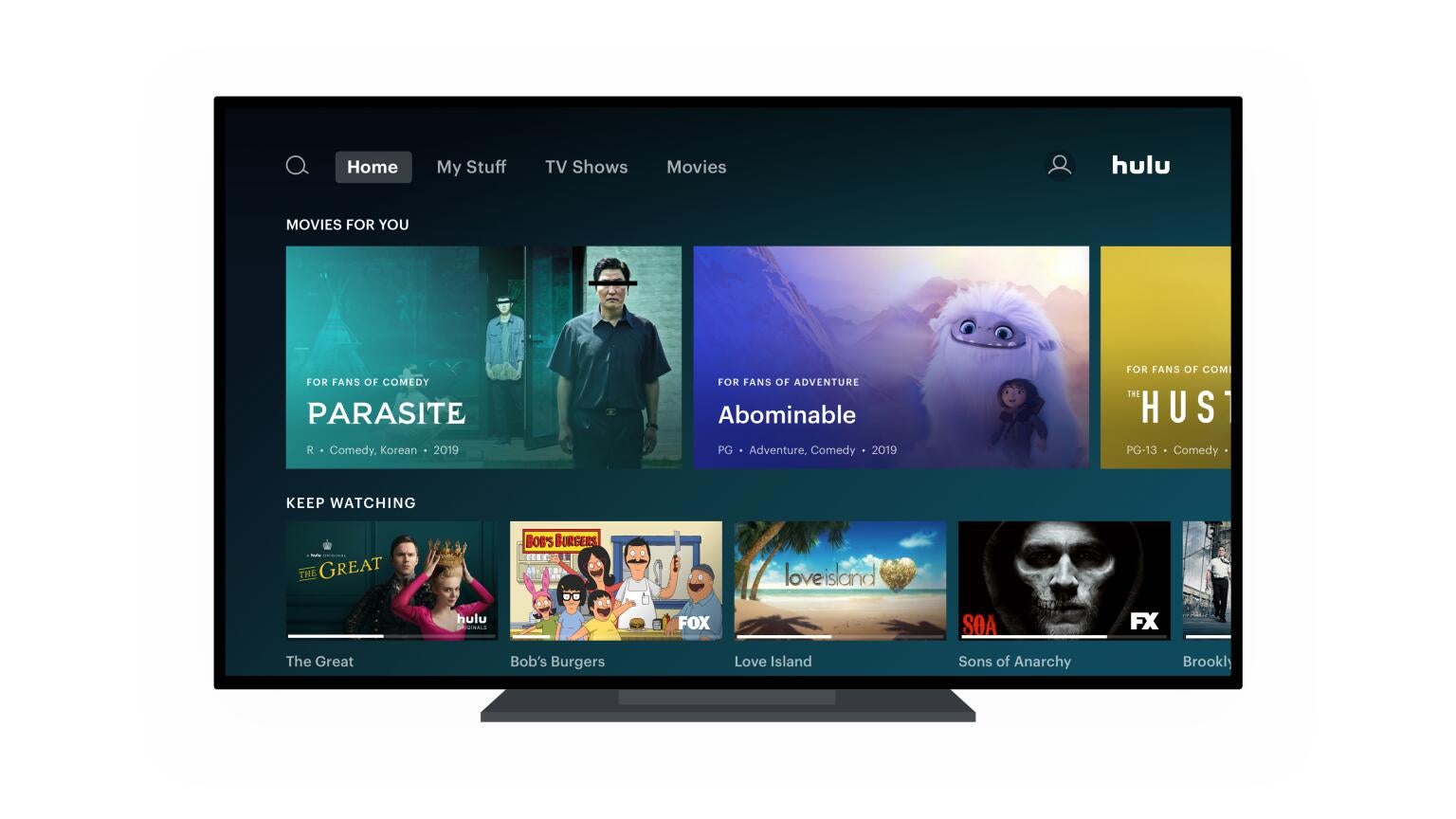
As cord-cutters swap services to find the best content lineup, the value of original programming is coming into clear focus. For services with large, exclusive libraries, the value is evident for potential subscribers. For other services more reliant on content they don’t own, the threat is real.
Take Hulu for example. While parent company Disney has a massive library in its own right, much of that library is getting routed to Disney+. And licensing old television shows is not as easy as it once was. The networks are building their own streaming platforms, and calling on their own libraries to stock them. We can see how CBS pulled a range of series to stock Pluto TV in support of this. And former Hulu ally NBC appears more focused on sticking its shows on Peacock.
As Hulu is increasingly likely to lose its catalog titles—except those owned by ABC—Hulu needs replacements. And those replacements need to draw attention. Its recent release of “Only Murders in the Building” is a great start, but it’s going to have to pull out a lot more than that to really get the traction it needs.
Right now, Hulu’s efforts on this front are woefully underfunded. Pivotal Research Group analyst Jeff Wlodarczak found that Hulu was behind in the spending stakes. Amazon Prime Video, Netflix, and Disney+ are getting more resources for original content than Hulu is. Founder and chief analyst at nScreenMedia Colin Dixon even suggested that Hulu would be “hollowed out” if its catalog titles leave. There would be “no way” it could maintain its current attraction to users, Dixon concluded.
Original content is vital to every streaming service. We’ve seen several studies to this effect already. Whether it’s the TiVo study that found households with as many as a dozen streaming services already in use, or the Kantar study that found that people were increasingly leaving streaming services that didn’t have enough new-to-them content, we know that original programming is vital to a streaming platform’s success.
Streaming video today owes a lot to the video store model. Back when streaming video was a concept running alongside DVDs by mail at Netflix, video stores were packed with titles. Now, imagine if you will, a video store with no new releases. How long would it take customers to tire of that store? That problem is starting to crop up in streaming video, and the solution is exactly the same.
A store that didn’t keep up with the latest releases would quickly find itself running low on customers. Having the catalog titles—the older movies and TV shows that have already been released—is important, yes, but a video store could not exist without new content.
Can Hulu find enough new hits to fuel its growth? Time will tell.